I used to be terrible at selecting power cards in Spirit Island. Just awful. I’d get so excited seeing a flashy Major Power like “Volcanic Eruption” that I’d grab it without considering whether it actually fit my spirit’s development path. My wife Linda still teases me about the time I took “Transforming Wounds into Renewal” with Lightning’s Swift Strike and then couldn’t play it for three full rounds because the elements were all wrong.
That was about forty games ago. Since then, I’ve logged another 130+ plays (yeah, I’m a bit obsessed) and developed a framework for power selection that’s dramatically improved my win rate, even at the highest difficulty levels. What I’m sharing isn’t just theory—it’s been tested across dozens of games with every spirit in my collection, including all the expansions.
Let’s start with the biggest mistake I see players make: treating elements as secondary considerations. They’re not. They’re the backbone of your entire strategy. I played a game last month with my friend Steve—he was River Surges in Sunlight and chose a Major Power with no Water or Sun elements early in the game. His spirit stalled out for two full rounds. Meanwhile, I was playing Ocean’s Hungry Grasp and carefully selected powers that matched my Water/Moon focus, which let me trigger my innate powers consistently from mid-game onward.
But elements aren’t everything—that’s the second common mistake. I’ve seen new players grab cards just because they match their elements, ignoring energy cost, range limitations, or thematic fit. My framework balances these considerations.
Here’s how it works:
First, I assess my spirit’s growth trajectory. Some spirits like Thunderspeaker or Vital Strength of the Earth have clear element paths dictated by their powerful innate abilities. Others like Many Minds Move as One or Keeper of the Forbidden Wilds have more flexibility. Understanding where your spirit is headed helps eliminate options immediately.
For example, if I’m playing Sharp Fangs Behind the Leaves, I know I’m focusing on Animal/Plant elements to boost my innate powers. Any card without at least one of those elements needs to offer something extraordinary to be worth consideration.
Next, I evaluate energy curve and card play limitations. This is where many players stumble. If you’re playing a spirit like Shifting Memory of Ages with strong energy generation but limited card plays, high-cost cards become more attractive. Conversely, if you’re River Surges in Sunlight with lots of card plays but tight energy, prioritize efficient lower-cost options.
I learned this lesson the hard way in a game where I was playing Bringer of Dreams and Nightmares. I grabbed two expensive Major Powers early, thinking I’d just reclaim more often. By mid-game, I was constantly energy-starved and watching my board position deteriorate while my expensive cards sat unplayed in my hand.
The third consideration is your current tactical needs. Are Dahan being decimated? Are coastal lands overrun? Is blight spreading in a particular pattern? The right power card can address immediate problems while still supporting your long-term strategy.
I remember a game where I was playing Keeper of the Forbidden Wilds against England level 5. By turn three, I had a critical jungle land about to blight cascade. I chose a Minor Power that could immediately address that threat, even though it wasn’t perfect for my element strategy. Sometimes survival trumps optimization.
Now for the actual evaluation method. For every power card offer, I mentally assign values to these factors:
1) Element alignment (0-3 points): How many elements match my focus? Will this help trigger innate powers?
2) Energy efficiency (0-2 points): Can I reasonably play this card regularly, or will it sit in my hand?
3) Tactical utility (0-2 points): Does this solve an immediate problem on my board?
4) Range compatibility (0-1 point): Can I target where I need to without presence placement gymnastics?
5) Thematic synergy (0-2 points): Does this amplify what my spirit is already good at?
Add these up, and anything scoring 7+ is usually an auto-pick. Scores of 5-6 are situational, and below that is typically a pass unless I have very specific plans.
This might sound mechanical—it’s not how I experience it during play. After dozens of games, this evaluation happens almost instinctively. But breaking it down helps explain the thought process.
Let me walk through an example. Last weekend, I was playing Serpent Slumbering Beneath the Island. Early game, I was offered “Poisoned Land” as a Minor Power. My evaluation:
Elements: Earth/Plant (matches two of my key elements) = 2 points
Energy: 1 cost (very affordable) = 2 points
Tactical utility: Slow damage power when I needed immediate defense = 0 points
Range: Sacred site requirement (workable but restrictive) = 0 points
Thematic synergy: Slow destruction fits Serpent’s gradual awakening = 2 points
Total: 6 points—borderline, but I took it because I knew my energy would be tight early and the elements were perfect.
For Major Powers, the calculation shifts slightly. The threshold is higher because of the sacrifice involved. I rarely take a Major that scores below 8 in my framework, unless I’ve hit a desperate situation where only a specific effect will save me from defeat.
The evaluation also changes as the game progresses. In early rounds, element matching and energy efficiency carry more weight. By mid-game, tactical utility often becomes paramount as you’re responding to the invaders’ spread patterns. Late game, you might prioritize powers that help achieve specific victory conditions.
One more thing—your powers should complement your fellow spirits. In a recent game, I was Ocean’s Hungry Grasp playing alongside Stone’s Unyielding Defiance. I deliberately chose powers that could push invaders into coastal lands, knowing Stone could handle inland defense. Our powers meshed beautifully, and we won handily against a level 6 adversary.
This framework isn’t infallible. Spirit Island has too many variables and combinations for any single approach to work 100% of the time. But it has dramatically improved my decision-making, especially in those high-pressure moments when you’re facing a Major Power decision that could make or break your game.
I still make mistakes. Just last week, I chose “Indomitable Claim” with Thunderspeaker, forgetting that my presence distribution wouldn’t let me target the crucial inland mountains where I needed control. My son Alex (who’s getting annoyingly good at this game) didn’t hesitate to point out my error as England ravaged exactly where I couldn’t defend.
The beauty of Spirit Island is that even after 150+ games, I’m still discovering new interactions and refining my approach. Each spirit brings unique considerations to power selection, and each adversary forces you to adapt your priorities. The framework I’ve outlined is a starting point, not a rigid formula.
So next time you’re staring at those four Minor Power options or contemplating a Major Power that would force you to forget a card, take a moment. Consider your elements, your energy curve, your tactical needs, your presence placement, and your spirit’s natural strengths. The right choice might not be the flashiest card—but it will be the one that lets your spirit sing.
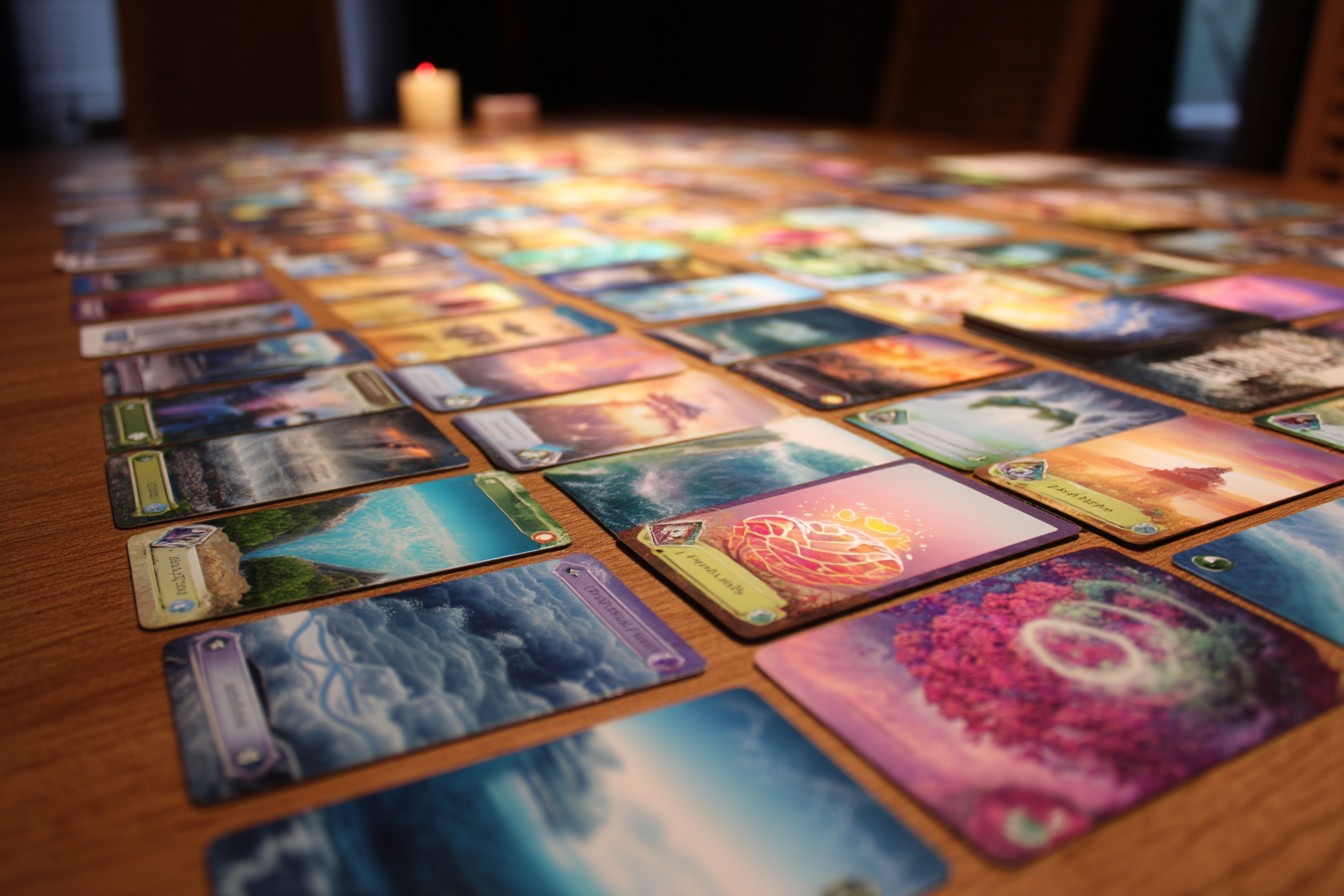
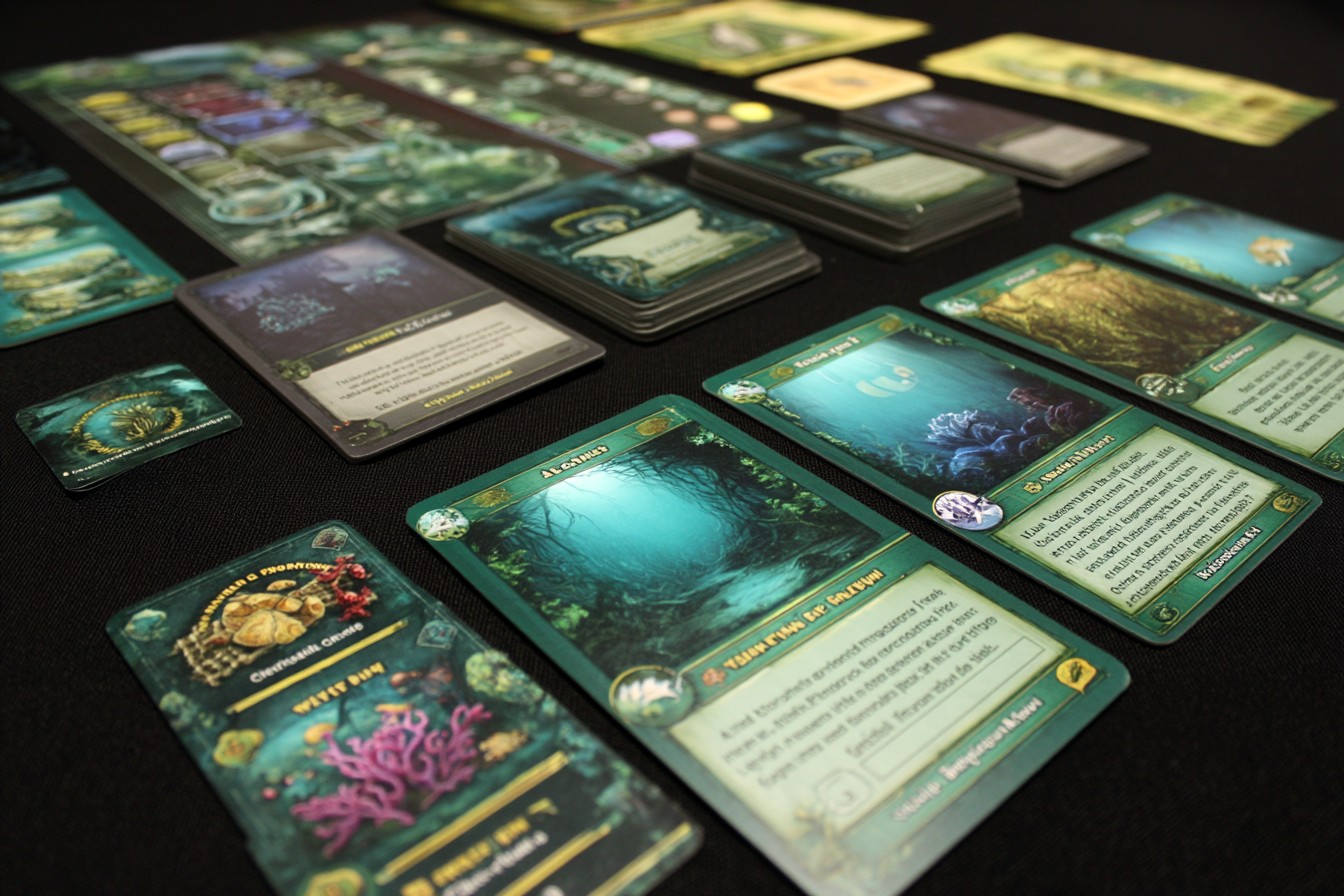
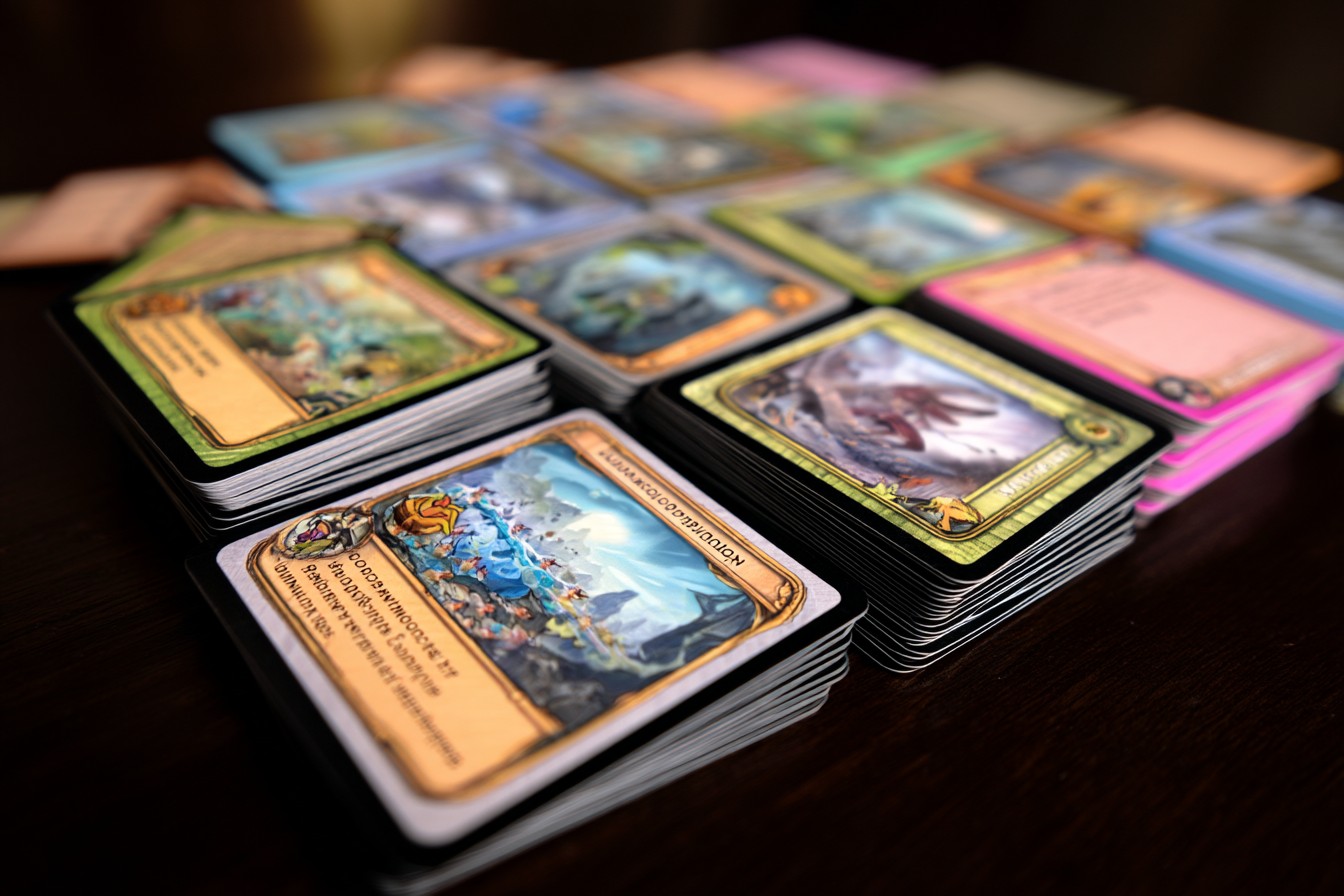
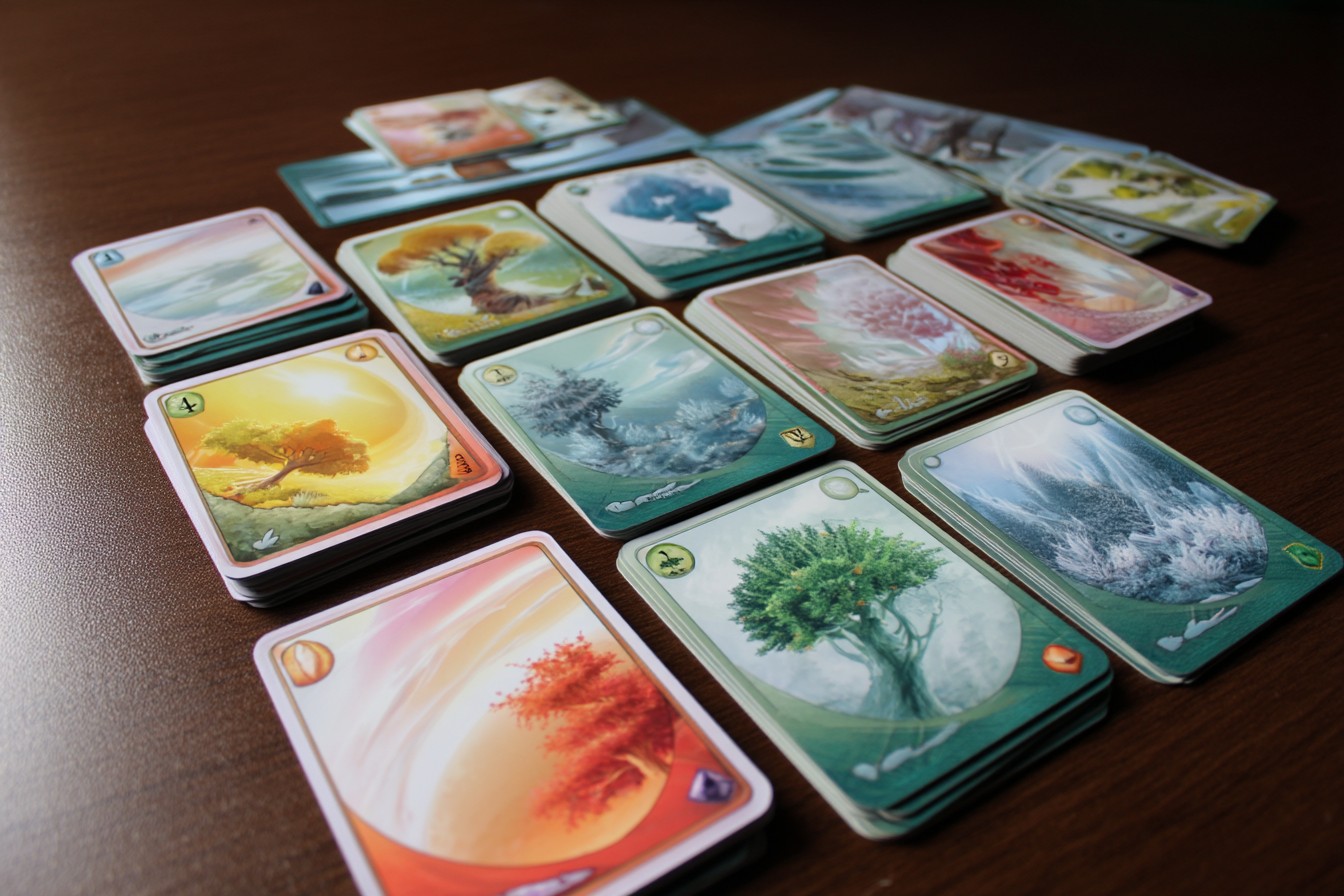
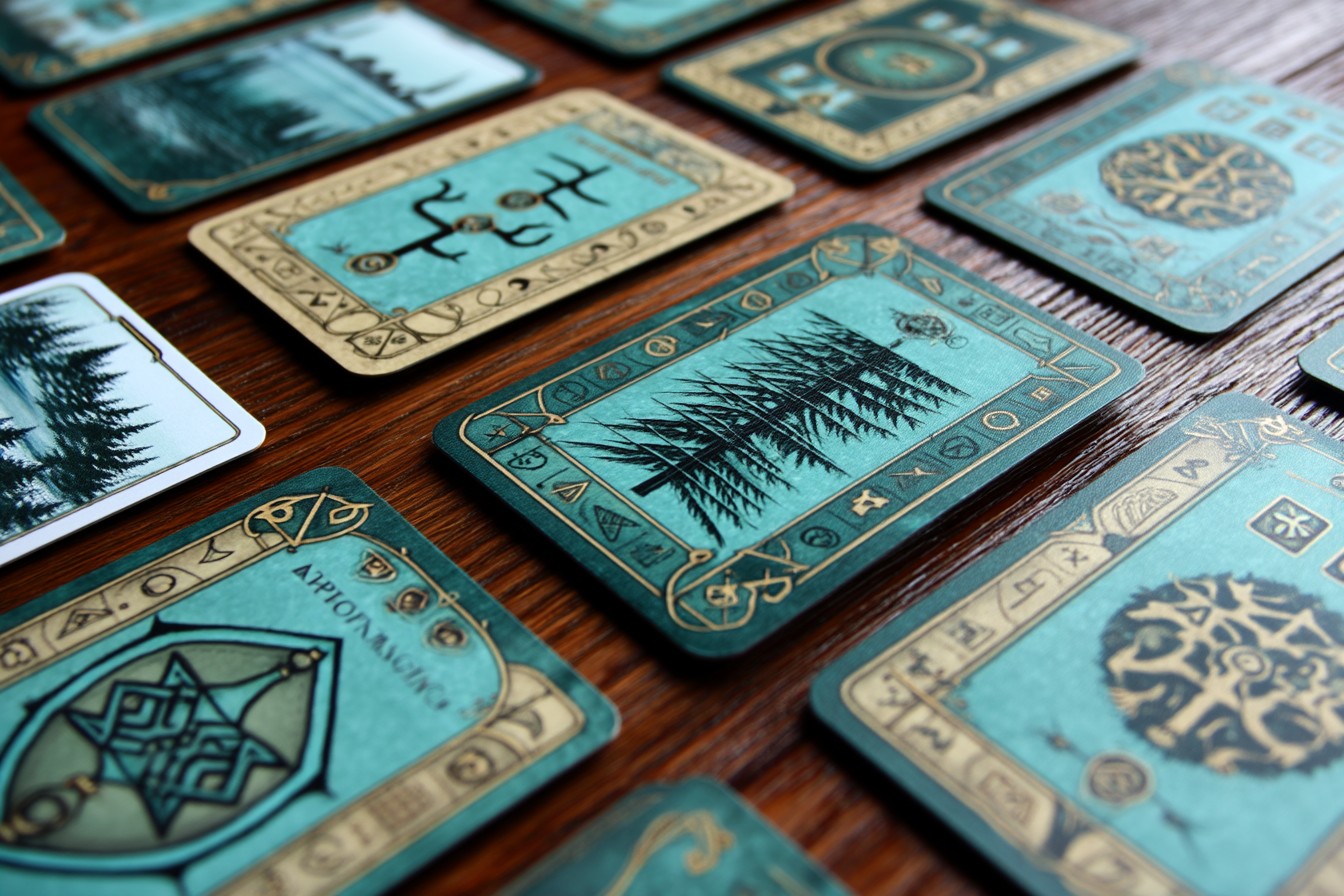
Leave a Reply